

Due to dental achievements people get to keep their natural teeth longer. However, living longer and more stressful lives we expose our teeth to many crack – inducing habits such as grinding, clenching and chewing on hard objects. All these make our teeth more susceptible to cracks.
Early diagnosis is extremely important. Cracks in teeth start small and progress slowly. The sooner it is detected and treated the higher the chance of saving your tooth. The endodontist‘s special training and experience can be valuable when a cracked tooth is suspected.
When the outer parts of the tooth are cracked chewing can cause movement of the pieces and the pulp (inner part of the tooth) can become irritated. When biting pressure is released, the crack can close quickly resulting in a momentary, sharp pain. Irritation of the pulp can be repeated many times by chewing. Eventually, the pulp will become damaged to the point that it can no longer heal itself. The tooth will become sensitive to temperature changes. In time the pain will get worse with risk of the pulp getting infected and the infection spreading to the surrounding gum and bone tissue.
These are tiny cracks that only affect the outer enamel of the tooth. These cracks are more common in adults. These types of cracks are superficial and are usually of no concern beyond appearance.
When a cusp becomes weakened, a fracture may result. The cusp may break off or be removed by a dentist. A fractured cusp rarely damages the pulp, so root canal is not necessary. Your dentist will usually restore the tooth with a full crown.
This type of crack extends from the chewing surface of the tooth and vertically migrates towards the root. Because of the position of the crack damage to the pulp is very common. Root canal treatment is frequently needed to treat the injured pulp. Your dentist will then restore your tooth with a full crown to bind and protect the cracked tooth. At times the crack may extend below the gum line, requiring extraction.
This is usually a result of an untreated cracked tooth. This type of tooth can never be saved intact. Yet, the position and extent of the problem will dictate whether any portion of the tooth can be saved.
This begins at the root and extends towards the chewing surface of the tooth. Unfortunately, they show minimal symptoms and may go unnoticed. They are usually discovered when the surrounding bone and gum get infected. Treatment usually involves extraction. Rarely endodontic surgery might be performed and a portion of the tooth might be saved by removal of the fractured root.
The fracture in a cracked tooth will never heal. In spite of treatment, some cracks may continue to progress and separate, resulting in loss of the tooth. Placement of a crown on a cracked tooth provides maximum protection but does not guarantee success in all cases.
Talk to your dentist or endodontist about your particular diagnosis and treatment options.
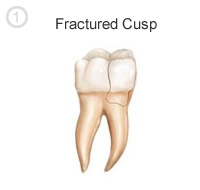
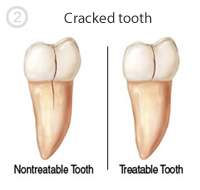
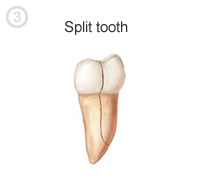
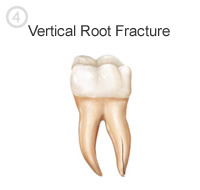
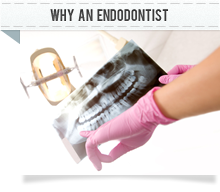
Your dentist has referred you to an endodontist because he or she understands that you will benefit from the specialized training and experience that a root canal specialist can offer.read more
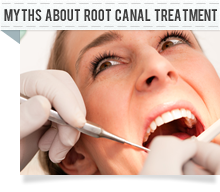
Myth #1 - Root canal treatment is painful.
False. A root canal does not cause pain. In fact, root canals are performed to relieve pain caused by inflammation of the pulp chamber (where the nerve is located) or a dental infection.read more

We are offering the latest in dental technology as well as the most advanced techniques to ensure the highest possible success of your root canal treatment.read more

Whether you need to request an appointment or ask questions, we are here to help. Contact us online or by phone. Do not use this form for urgent medical matters.read more